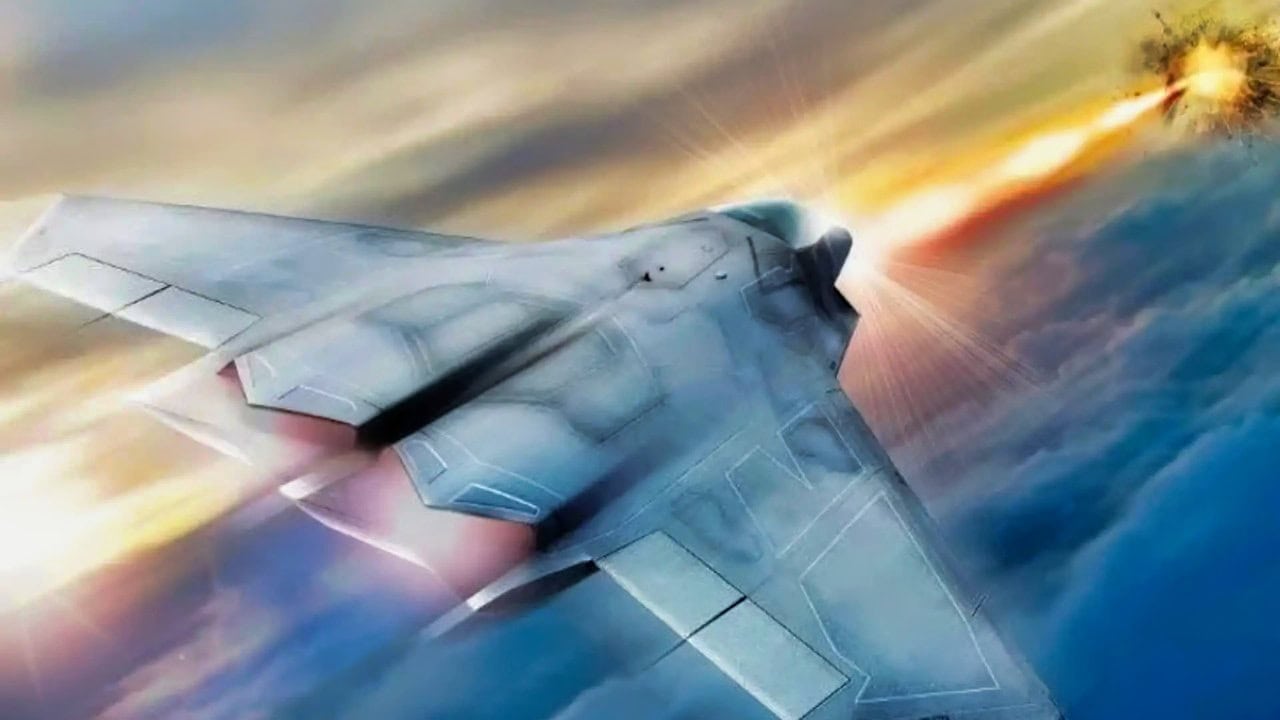Article Summary: Amid speculation surrounding possible Pentagon budget cuts by the Department of Government Efficiency (DOGE), concerns have emerged regarding the future of the Next-Generation Air Dominance (NGAD) program.
Key Point # 1 – Despite budgetary uncertainty, NGAD seems poised to remain fully funded, given its critical role in maintaining U.S. air superiority. The stealthy sixth-generation fighter, already airborne, integrates groundbreaking technologies including AI-driven drone command capabilities, superior stealth, and advanced maneuverability.
Key Point #2 – Recent Pentagon commentary underscores NGAD’s transformative role in warfare, suggesting the platform’s future is secure. Overall, major programs like NGAD, the B-21, and hypersonics appear likely to survive impending budget reviews due to their strategic importance.
Inside NGAD: America’s Stealth Fighter Likely Safe Amid Spending Review
Speculation about the upcoming Department of Government Efficiency’s (DOGEE) Pentagon budget review continues to generate a raucous of concerns and nervous energy regarding the scope of potential budget cuts to defense. There are far more questions than answers at this point, as it remains unclear what the Trump administration will eventually cut or remove.
The specifics of the reductions have not yet been announced or taken shape, and many parties agree that defense spending could streamline and become more efficient or effectively targeted.
DOGE to cut NGAD?
It seems realistic that there are many areas where cuts or spending reductions could be put in place that do not decrease funding for many, if not most, of the major combat platforms under development.
For instance, there has been much reporting on Musk’s concerns about government spending overall, yet very little related to the emerging Next-Generation Air Dominance (NGAD) 6th-gen stealth fighter program.
A manned variant of NGAD seems critical to the United States’ future air superiority, and the Pentagon has recently allocated money to fast-track its development. Musk has said very little about NGAD. This silence leaves room for the possibility that NGAD may retain the maximum support from the Department of Defense (DoD) and the Trump administration.
Certainly, it is too early to answer this question definitively.
Yet, the current threat landscape is changing quickly, and there are arguably many reasons why any cutting or curtailing of NGAD would not seem likely.
Major Programs Survive?
Placed in context, one thing to consider is that it might be possible to reduce defense spending efficiently yet still fully fund critical next-generation programs such as NGAD, the B-21, and hypersonic weapons, among others.
Understandably, there may be widespread panic or trepidation as many prepare for a Pentagon budget review. Yet, one thing to remember is that the Trump administration has a track record of “rebuilding” the military and making national security and defense a very high priority.
This is not likely to change substantially, so the dollars allocated to major weapons programs could easily remain in place if they do not increase while DOGE finds other areas to reduce spending.
NGAD to stay?
In addition to recent budget support for NGAD, there are other reasons why the Pentagon is not likely to greatly reduce or diminish the program. The first and perhaps most self-evident is, quite simply, the fact that the aircraft is already airborne, something which makes continued production more realistic and efficient.
Secondly, few details are available given that NGAD is largely a black program, but the platform reportedly integrates a wide sphere of breakthrough or next-generation, paradigm-changing technologies.
One key area here relates almost entirely to air supremacy, stealth, and speed; the NGAD is likely to be faster, more maneuverable, and stealthier than any aircraft ever to exist, and it will control groups of drones from the cockpit.
The last administration’s move to pause NGAD and consider a purely unmanned, less expensive option seemed ill-advised for several key reasons.
There are airborne advantages with dogfighting, command and control, and air attack, which can arguably only be achieved with a manned platform, as humans bring unique cognitive attributes fundamental to high-speed, complex decision-making.
Furthermore, as an aircraft slated to control drones from the cockpit in the sky, human command and control can be in close proximity and capable of managing, tasking, or even controlling groups of lower-cost, more attritable drones able to blanket areas with surveillance or even launch forward attacks when directed by a human.
Although the exact contours or configuration of the now airborne 6th-gen aircraft are unknown or available to the public, early industry images or renderings of a 6th-gen aircraft show a fully horizontal blended wing body fighter jet shape operating without any tails, fins, or vertical structures.
This clearly increases the stealth capacity of the aircraft as fewer protruding edges, shapes, and structures make it more difficult for enemy ground radar to generate a return signal. It may be that the new NGAD will be capable of unparalleled speeds and stealth yet also use advanced aerodynamics to “vector” without needing vertical structures.
Perhaps the most telling sign that NGAD is here to say can be seen in recent comments from a US Air Force wargaming expert and senior leader, as quoted in Air & Space.
“Based on extensive wargaming, the fight looks fundamentally different with NGAD than without NGAD,” said Maj. Gen. Joseph D. Kunkel, director of force design, integration, and wargaming, deputy chief of staff for Air Force futures, in a seminar at the Hudson Institute in Washington, DC.”
NGAD: What This New Fighter Could Look Like
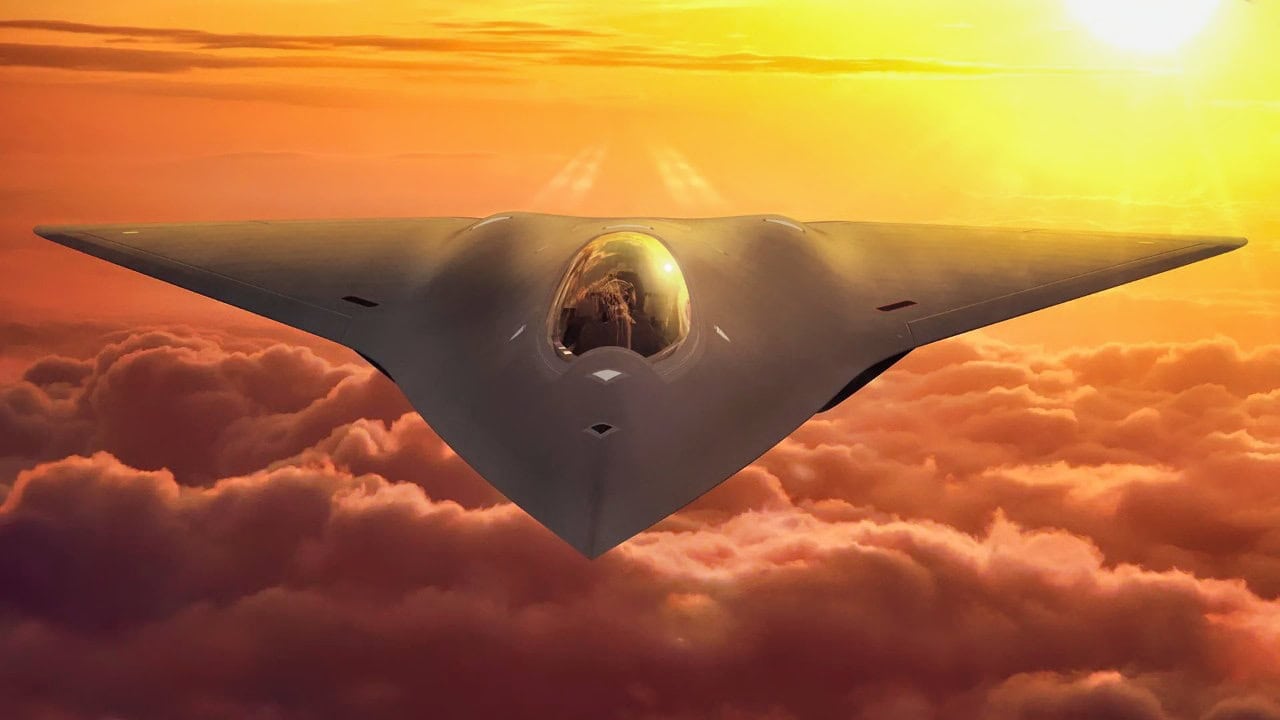
NGAD Fighter via Lockheed Martin.
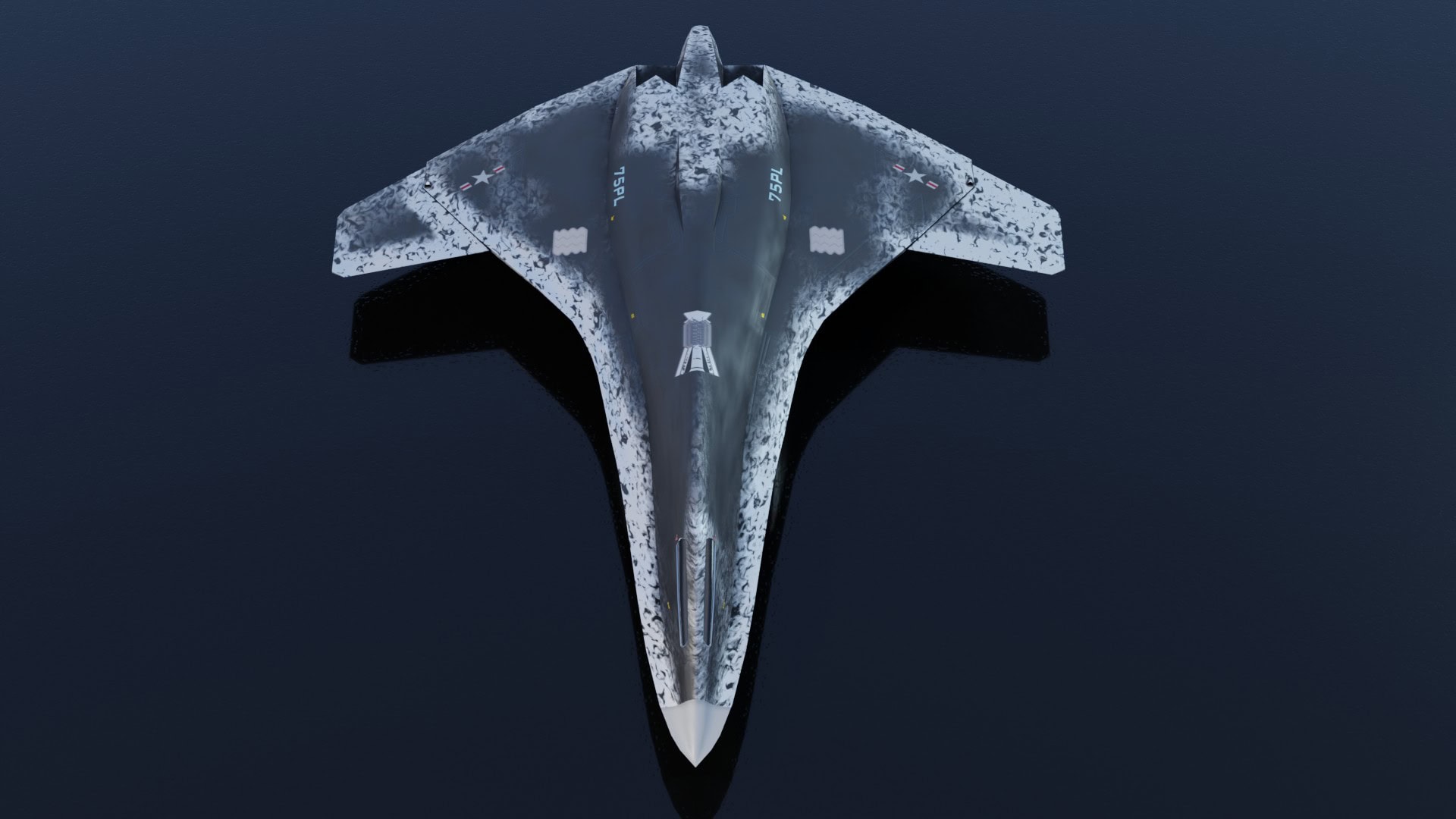
NGAD Fighter Mock Up. Image Credit: Creative Commons.
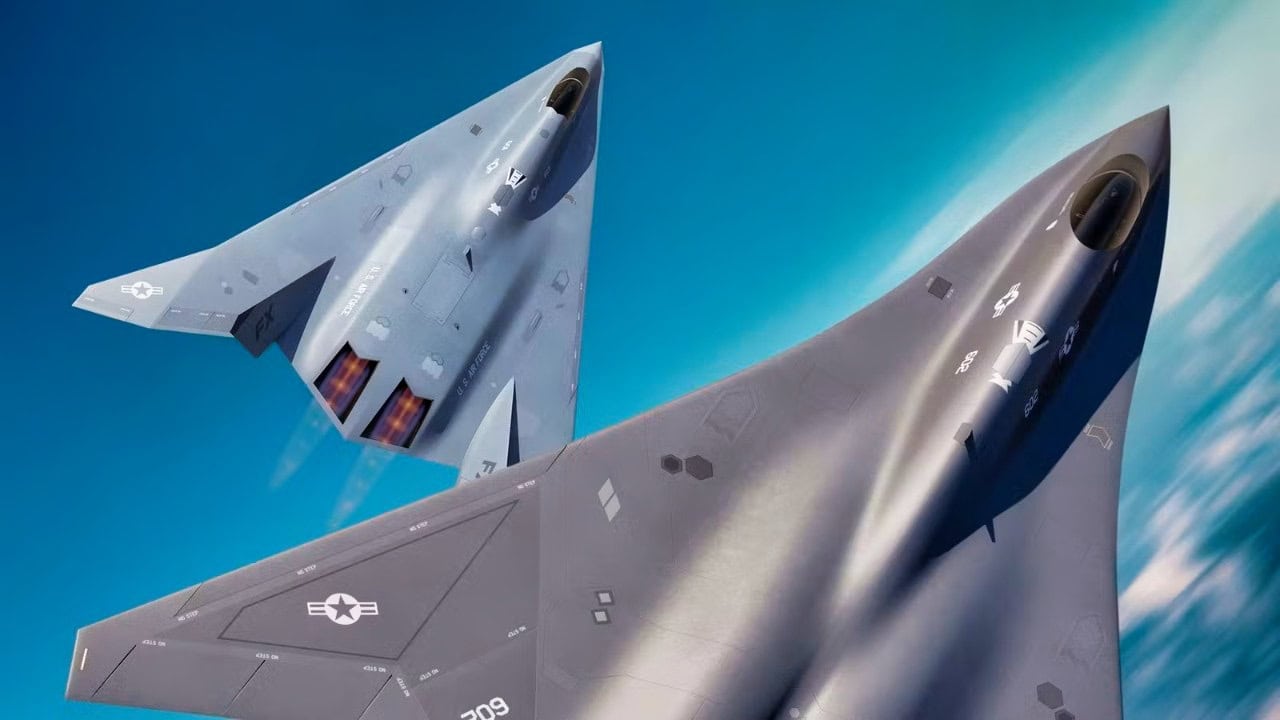
U.S. NGAD Fighter. Artist Rendering.
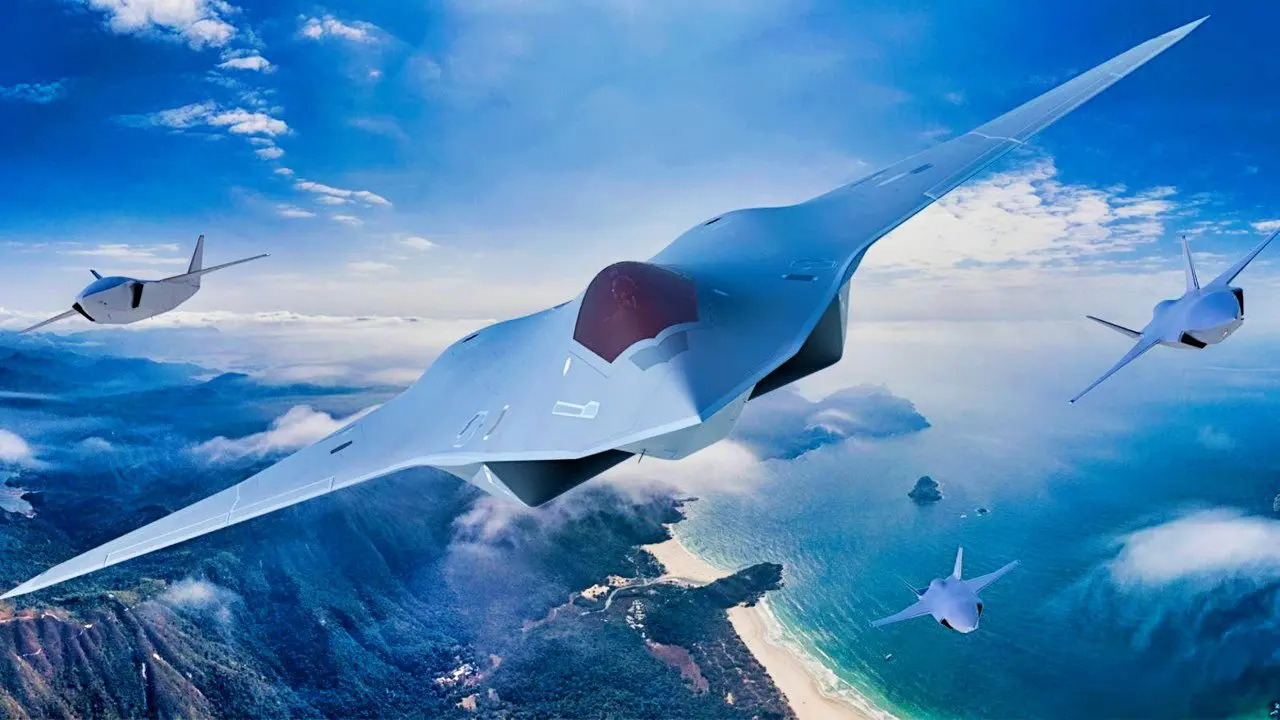
NGAD fighter from U.S. Air Force.
About the Author: Kris Osborn
Kris Osborn is the Military Technology Editor of 19FortyFive and President of Warrior Maven – Center for Military Modernization. Osborn previously served at the Pentagon as a highly qualified expert in the Office of the Assistant Secretary of the Army—Acquisition, Logistics & Technology. Osborn has also worked as an anchor and on-air military specialist at national TV networks. He has appeared as a guest military expert on Fox News, MSNBC, The Military Channel, and The History Channel. He also has a Masters Degree in Comparative Literature from Columbia University.

